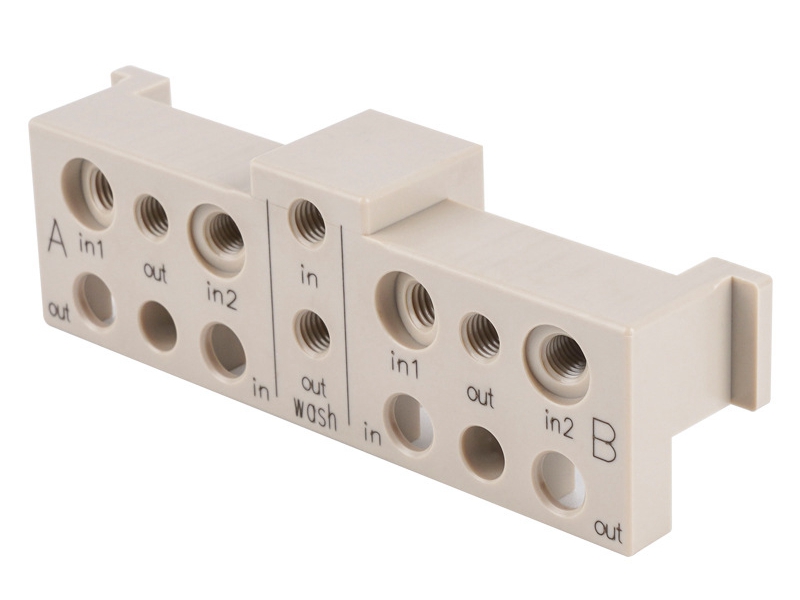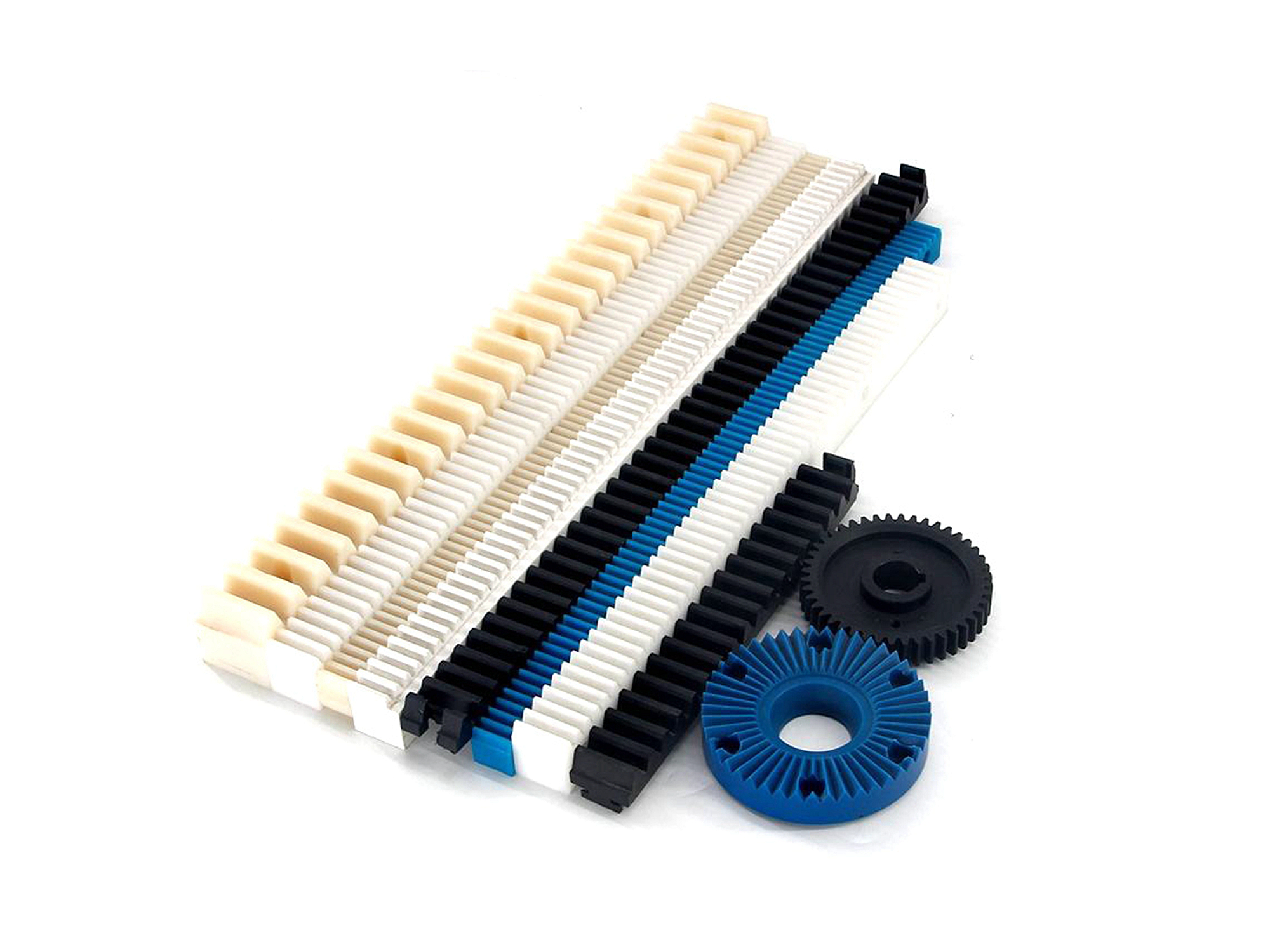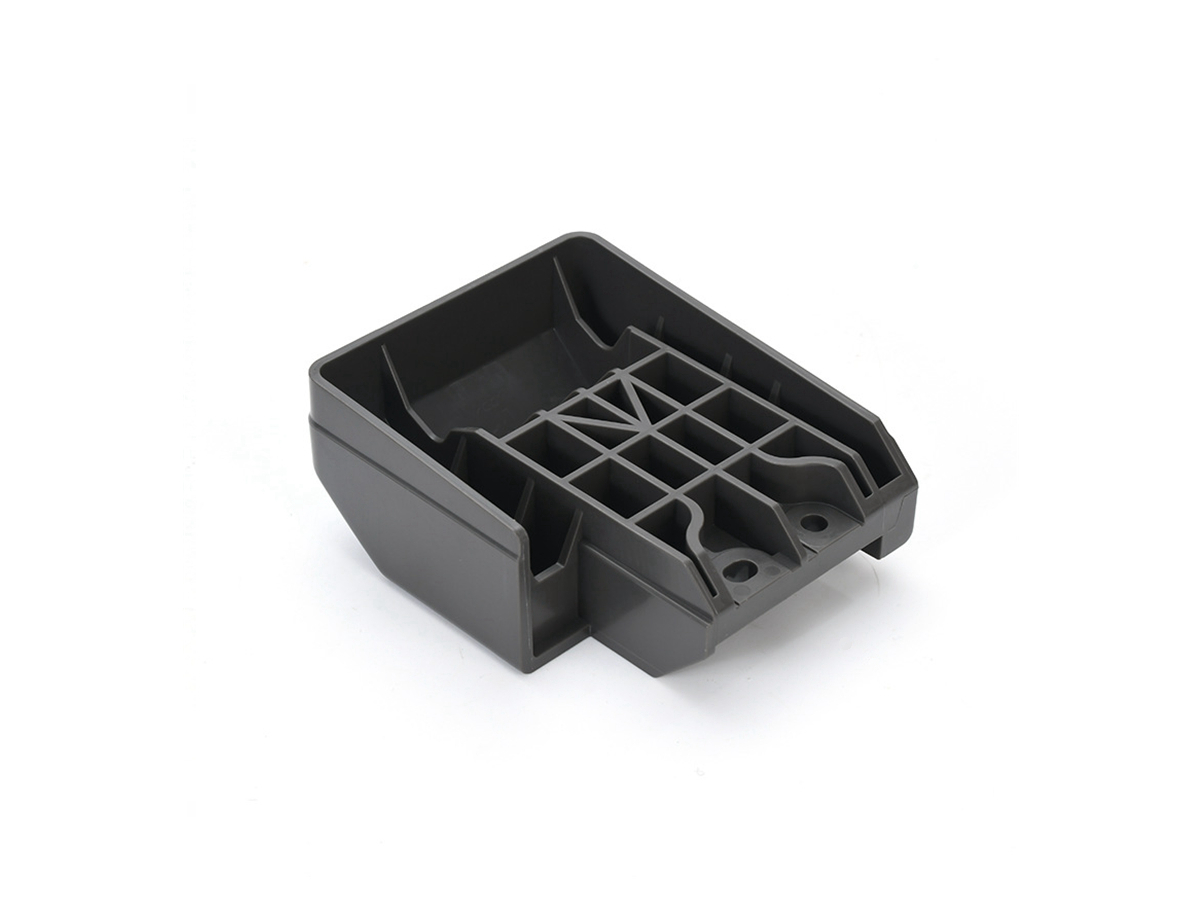If melting occurs, which machining settings should I adjust first?
If melting occurs, which machining settings should I adjust first?
Melting during CNC machining, particularly with plastics or low-melting-point metals, is typically caused by excessive heat buildup. The primary settings to adjust are those that manage heat generation and dissipation. At Neway, we prioritize optimizing the interaction between the cutting tool and the material to resolve this issue swiftly.
Key Machining Parameters to Adjust
1. Optimize Coolant and Chip Evacuation First, ensure effective coolant application and chip removal. Accumulated chips can re-cut and generate significant localized heat. Using a high-pressure coolant through the tool can dramatically reduce temperatures and clear chips efficiently, which is a standard practice in our CNC Drilling and CNC Milling processes.
2. Reduce Spindle Speed (RPM) High spindle speed is a major contributor to heat. Lowering the RPM reduces the friction and shear heat generated at the cutting edge. This is often the most immediate and effective adjustment for temperature-sensitive materials like Plastics or certain aluminum alloys.
3. Increase Feed Rate A slow feed rate can cause the tool to rub against the material instead of shearing it, generating excessive heat. Increasing the feed rate allows the tool to engage and cut more efficiently, removing heat with the chips. This principle is critical in our CNC Turning and milling services.
4. Adjust Depth of Cut and Stepover Taking excessively light or heavy cuts can cause problems. A very light cut may cause rubbing, while a very heavy cut can overload the tool. Adjusting to a moderate, consistent depth of cut and stepover ensures a stable and cooler cutting process.
Tooling Considerations to Prevent Melting
• Tool Sharpness: Always use sharp tools. A worn tool generates significantly more heat.
• Tool Geometry: Use tools with polished flutes and high rake angles designed for specific materials, such as those for Aluminum CNC Machining, to promote free cutting and reduce heat.
• Tool Coating: An appropriate coating can reduce friction. For non-ferrous materials, an uncoated or polished tool is often best.
Practical Recommendation
The most effective first step is a combination of reducing spindle speed and increasing the feed rate. This immediately lowers the heat input while ensuring the tool is in an efficient cutting regime rather than a rubbing one. Simultaneously, verify that coolant is effectively reaching the cutting interface. For challenging materials, our Precision Machining Service team leverages technical expertise to fine-tune these parameters for optimal results without thermal damage.



